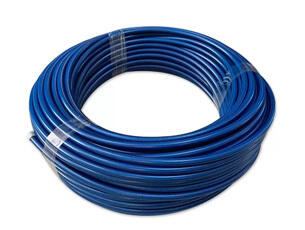
Hengshui BURK's steel braided brake line replacements offer a direct upgrade over stock rubber hoses. These replacements feature a four-layer construction: a Teflon inner tube, braided stainless steel armor, protective outer coating, and OEM-style fittings. The braided steel reduces expansion by 90% compared to rubber, resulting in immediate brake response. The lines are available in vehicle-specific kits, including all necessary fittings and mounting hardware. Each replacement undergoes pressure testing (2000 PSI static, 1500 PSI dynamic) and salt spray testing (500 hours) to ensure longevity. By replacing worn or swollen rubber lines, drivers experience a firmer pedal, reduced fade, and improved braking consistency in all weather conditions.

Copyright © 2025 by HENGSHUI BRAKE HOSE MACHINERY CO.,LTD — Privacy Policy